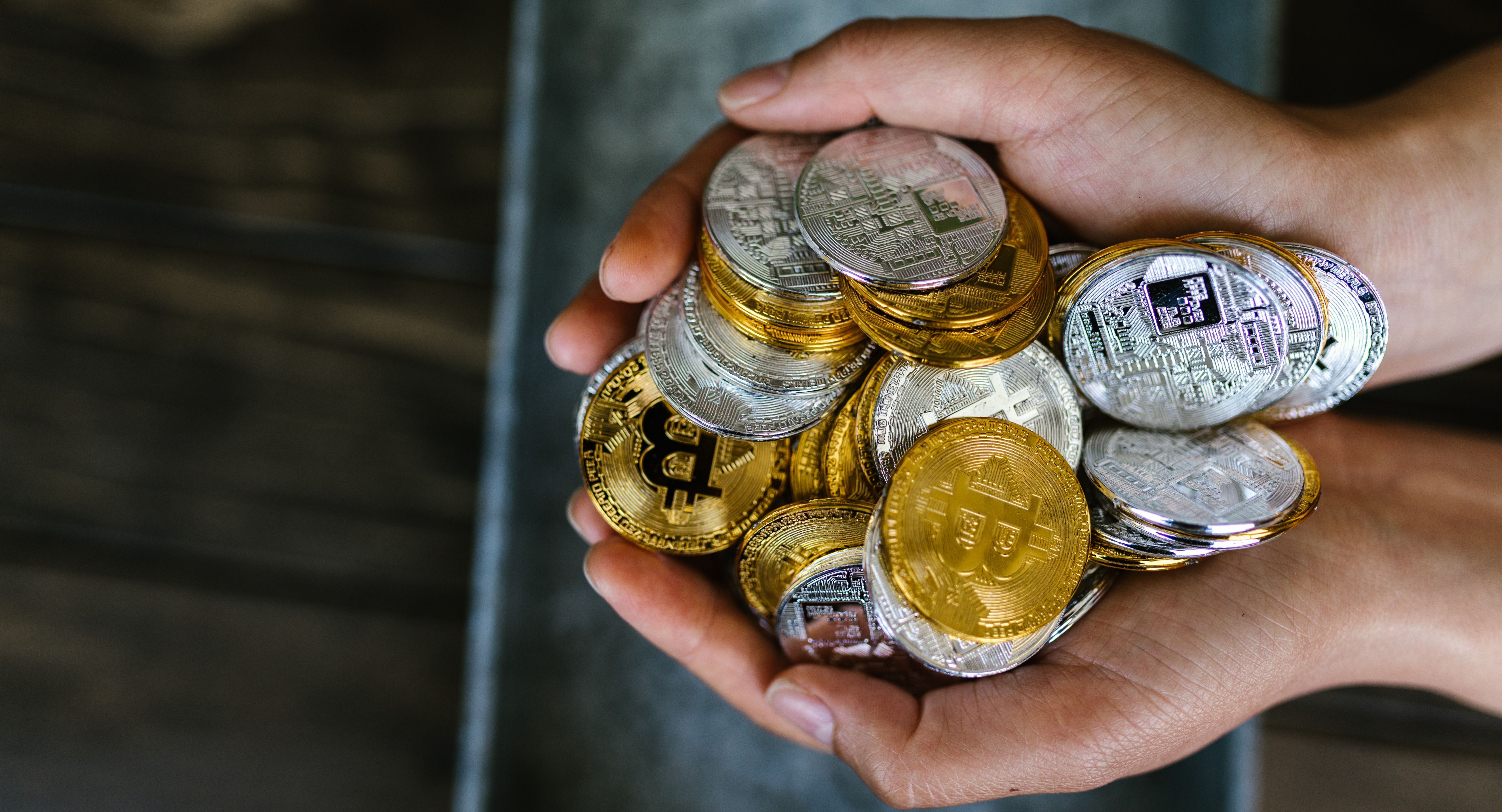If there's anything we can say for certain about the crypto market, it's that it is unpredictable by nature. One day a coin can be soaring at the heights of success, and the next, it can drop to half its initial value.
We've seen this happen with hundreds, if not thousands, of crypto coins in the past, but why is the market so volatile? What factors contribute to these shocking crashes we see so often? Let's find out!
1. Changing Crypto Laws
The laws and regulations surrounding cryptocurrency differ in every country around the world. Some countries welcome crypto with open arms, even going so far as to accept it as legal tender. But not all national governments are so excited about the crypto market's growing prevalence, and this can lead to problems for the market as a whole.
Take China, for example. In the Autumn of 2021, the Chinese government made the decision to ban cryptocurrency entirely throughout the country. This included a ban on all crypto-based transactions, regardless of whether or not the exchange being used was founded in China or not. Now, you may be wondering why just one country's ban on crypto could affect the entire market.
Well, it's important to note that China has one of the largest crypto economies in the world. One of its biggest exchanges, Huobi, has been urged to go global and stop accepting Chinese users by the government, which will affect countless Chinese people and the future of their crypto funds.
The ban on crypto in China also applies to mining. Because of this, huge amounts of mining equipment have already been shipped out of China. And, with the crypto ban spelling criminal convictions and fines for those who wish to continue trading, along with the continued limitations placed upon exchanges in terms of Chinese users, anyone could have guessed that Chinese citizens would begin offloading their funds.
This, in turn, has affected the price of a number of cryptos, most notably Bitcoin, which saw a huge price crash in November and December of 2021, resulting in a loss of $300 billion within the crypto market. A number of other factors contributed to this shocking crash, but China's crypto ban certainly played an integral role.
2. A Coin's Remaining Supply
Unlike the act of printing legal tender, which can technically be done an infinite number of times, crypto coins have supply limits. This relates to the number of crypto coins that are currently available on the market. Ripple, for example, has a supply limit of 100 billion XRP. Litecoin has a limit of 84 million LTC.
Some coins are still far off from reaching their supply limit, with others edging very close towards maxing out. Around 90% of all existing Bitcoin has already been mined, and, while finding and mining new coins increases the supply limit, this is a slow process. These new coins also won't keep coming, and the entire feasible supply (around 21 million in total) of Bitcoin will one day run out entirely. But this isn't a bad thing for Bitcoin, and here's why.
When the supply limit is reached, this will mean that Bitcoin, in general, will become more scarce, or rare. It'll be harder to get your hands on Bitcoin, and so people will be willing to pay a higher price for a coin. In short, with increased demand comes increased prices if the supply cannot keep up.
However, not all coins will reach a supply limit. Ethereum, for example, has a maximum annual supply of 18 billion ETH, but no overall supply limit. However, Ethereum's mining or hash rate has fallen. This relates to the availability or closure of ETH mining farms.
3. The Stance of Major Companies on Crypto
If you follow crypto news, you may have seen Tesla's CEO, Elon Musk, go back and forth a little bit on Tesla's adoption of crypto. In March 2021, Musk announced on Twitter that Tesla would be accepting payments via Bitcoin, which resulted in a considerable amount of hype emerging around both the company and the coin.
But Musk backtracked on this not long after. In May 2021, he posted to Twitter announcing that Bitcoin's environmental implications made it an unsuitable currency for Tesla to accept. This does make sense, of course, considering Tesla is an electric car manufacturer with an environmentally beneficial influence.
However, this announcement caused Bitcoin's price to fall considerably, which goes to show how the smallest change can have a huge impact on the market. But the CEO made sure to state that Tesla would reconsider accepting crypto once it became more eco-friendly overall. We'll have to wait and see whether or not Tesla ends up making another 180-degree-decision on crypto in the near future.
4. A Coin's Environmental Impact
As we saw with Tesla, the environmental dangers of cryptocurrency can make its adoption by companies and governments a little problematic. With the climate crisis currently being such a pressing global issue, the huge effect the crypto industry has on our environment makes it controversial, to say the least. Both mining and transactions are very energy-intensive, which may deter many people from entering the market.
Take Bitcoin, for example. This coin alone requires mammoth amounts of energy every year to stay in operation. As of October 2021, it was found that Bitcoin requires 177.43 TWh of energy annually. This is an unimaginably large amount of energy and is pushing Bitcoin, along with a number of other cryptos, to the top of the climate concern list.
Some individuals make a point of avoiding crypto for this reason alone, which can affect a coin's value. And, with an increasing number of people starting to take action to reduce climate change, the crypto industry could see a nasty crash in the near future if nothing is done to remedy this issue.
But fear not, the crypto industry isn't ignoring this problem. Take Ethereum, for example. This hugely popular blockchain is now developing ETH 2.0, an update to its original blockchain that offers more efficient and eco-friendly transactions. This will considerably reduce the amount of energy required for the blockchain to operate and could open the door to thousands of individuals who had previously avoided crypto due to its environmental impact. Pretty exciting stuff!
5. The State of a Country's Main Currency
Over the past few decades, we've seen a number of national currencies crash. Venezuela, Turkey, Argentina, it's not new for a national tender to spiral downwards in worth. This can be due to a number of factors, but it affects almost every other industry associated with the country at hand, including the crypto market. But this isn't necessarily a bad thing in terms of crypto.
Over the past few years, some countries have seen a huge growth in their crypto markets due to their traditional currency seeing instability or crashes. Take Venezuela, for example. Both hyperinflation and currency instability resulted in a huge GDP crash and rendered its national currency almost worthless. In the wake of this crisis, Venezuela's crypto market began to grow as a way to hedge against inflation.
Today, over 10% of Venezuela's population owns cryptocurrency, which equates to around three million people. This surge in crypto ownership can lead to an increase in a coin's value (namely Bitcoin in this case), which can have a significant impact on the market.
The Crypto Market Is Both Exciting and Volatile
The ever-changing landscape of the cryptocurrency industry makes it an interesting one to watch, but a daring one to invest in.
While many make big profits from buying crypto, it's important to know the risks at hand, and the factors that play into the big crashes that are native to the industry's ecosystem.






